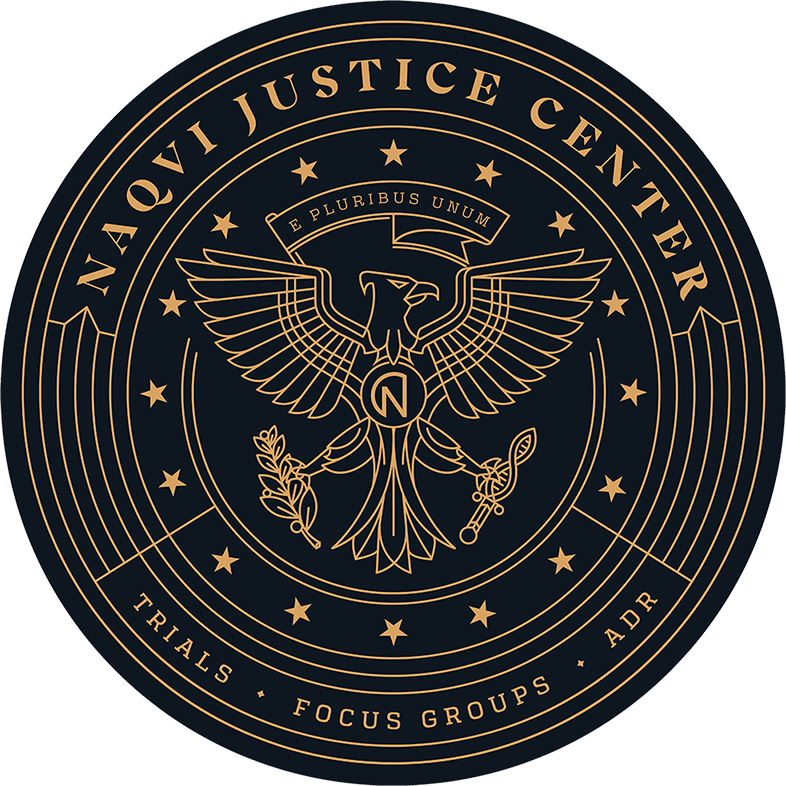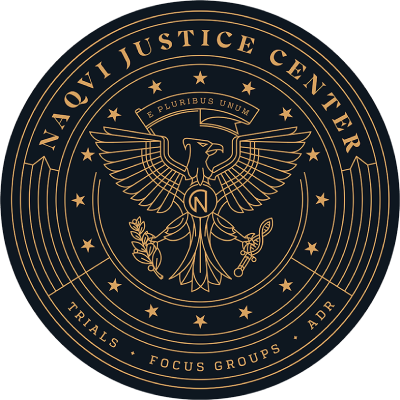Authorities have few clues after a hit-and-run driver smashed into a Toyota Camry, killing the driver and seriously injuring the passenger.
The Nevada Highway Patrol states that 46-year-old Bobby Pierce, of Henderson, was northbound on Interstate 15 near Sunset Road when a van clipped his car after making an illegal lane change. Mr. Pierce’s vehicle spun around clockwise, careened across all the lanes, and slammed into the center retaining wall. He was subsequently declared dead; a 40-year-old female passenger, whose name was not released, was rushed to a local hospital with serious injuries.
The van driver promptly fled the scene; according to police and witnesses, the van may have been white, brown, or grey, and it may have damage on its left side.
Obtaining Compensation in Hit-And-Run Cases
Statistics vary greatly by jurisdiction, but police usually capture about half of the at-fault drivers in these instances. Whether or not the hit-and-run drivers are criminally charged, victims have legal options when it comes to compensation for their injuries.
When first responders arrive, they are on-scene to secure the area and tend to injured victims. They are not on-scene to collect evidence that may be admissible in a future negligence lawsuit. Moreover, in many freeway crashes, there may be very little evidence for first responders to collect, because witnesses may have already left the scene and there is probably no surveillance video to review.
In situations like these, personal injury attorneys often partner with private investigators, to do things like:
- Stake out the area to see if the offending vehicle returns,
- Canvass the vicinity for additional fact witnesses, and
- Visit local body shops to see what damaged vehicles are there.
In criminal court, prosecutors must prove hit-and-run cases beyond a reasonable doubt. But in civil court, plaintiffs only need to establish liability by a preponderance of the evidence, which means more likely than not. In practical terms, plaintiffs need a lot less evidence than prosecutors, because a little evidence in civil court goes a long way.
If the drivers are not sufficiently identified, many victims can file claims with their own insurance companies. Since the companies are often eager to keep paying customers, these matters frequently settle quickly, and on victim-friendly terms. Procedurally, about the only difference is that if the dispute does not settle, it will probably be resolved at arbitration as opposed to trial.
Damages Available
Most jurors hate hit-and-run drivers, which is why the offense has such a pejorative name. So, they are often willing to award punitive damages in these cases. Such damages punish the tortfeasor (negligent driver) for wrongful conduct and help deter future wrongdoing.
To obtain punitive damages, the plaintiff must present clear and convincing evidence which convinces the jurors that the tortfeasor intentionally disregarded the safety and property of other drivers on the road. A cap may apply, in some situations.
In both negligence lawsuits and insurance arbitrations, victims are entitled to compensation for their economic damages, such as lost wages, along with their noneconomic damages, such as loss of enjoyment in life.
Contact an Assertive Lawyer
Hit-and-run victims have multiple legal options. For a free consultation with an aggressive Las Vegas personal injury attorney, contact Naqvi Injury Law today, because you have a limited amount of time to act.

